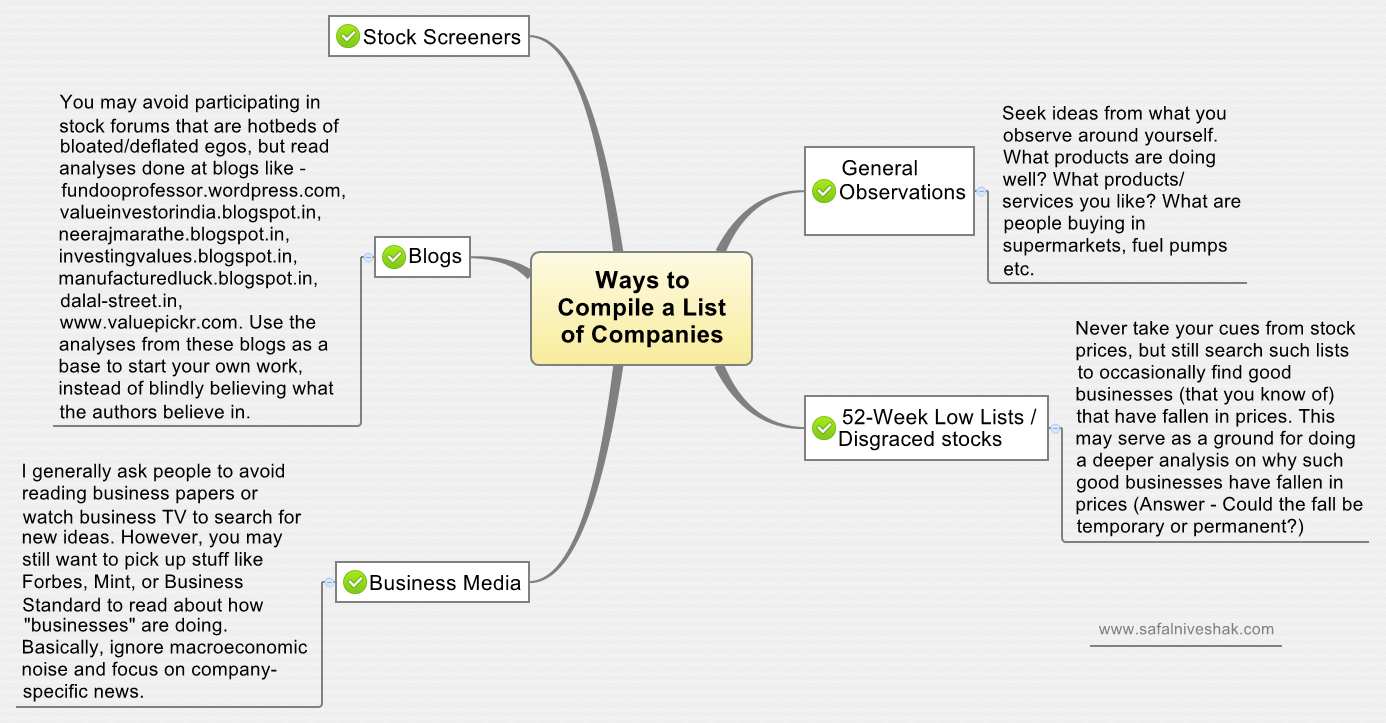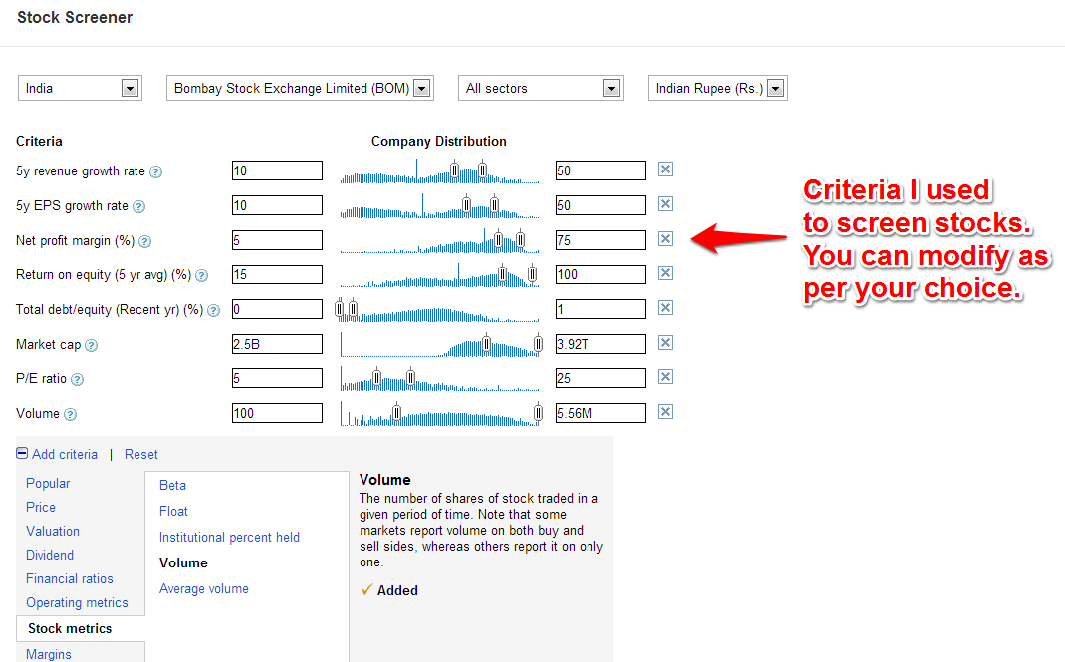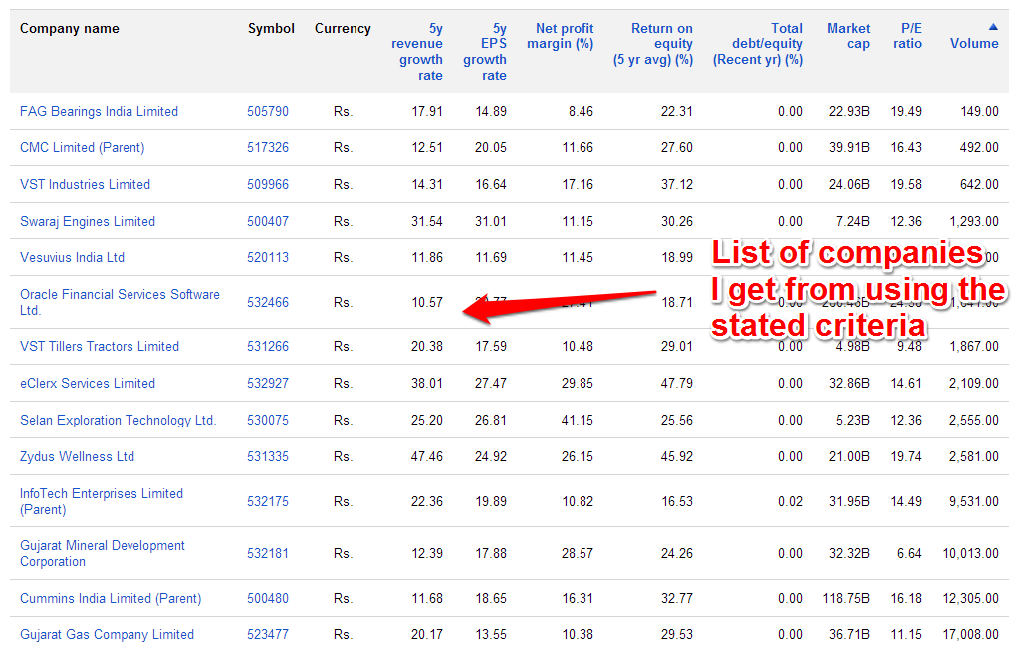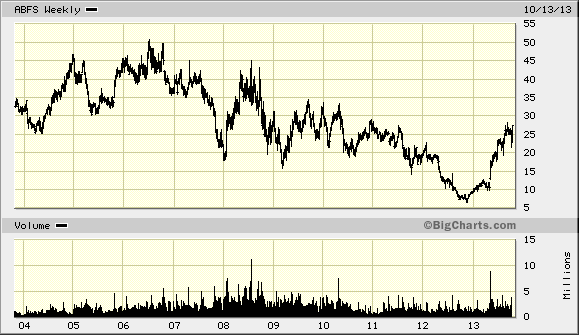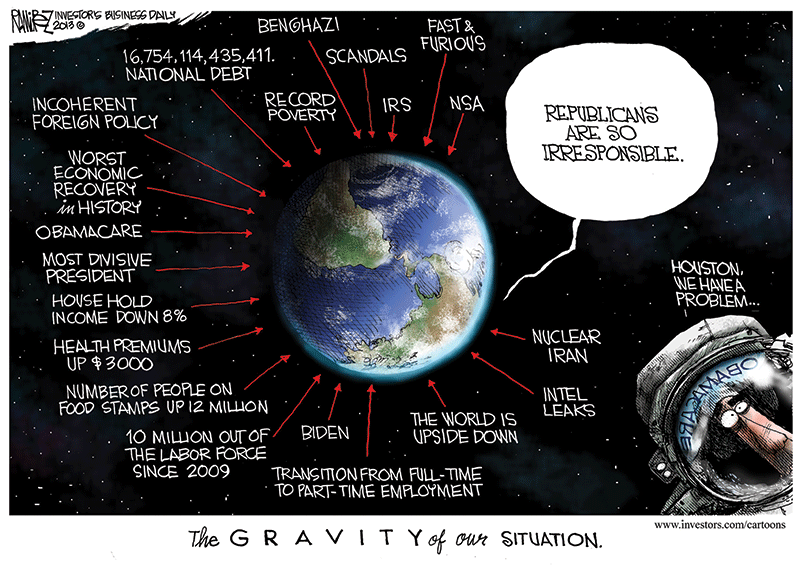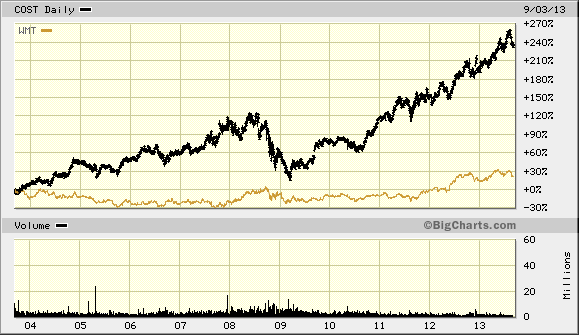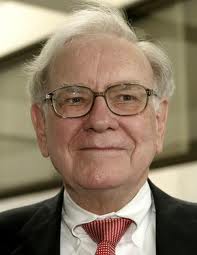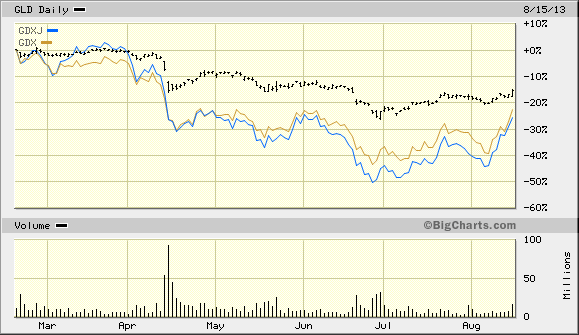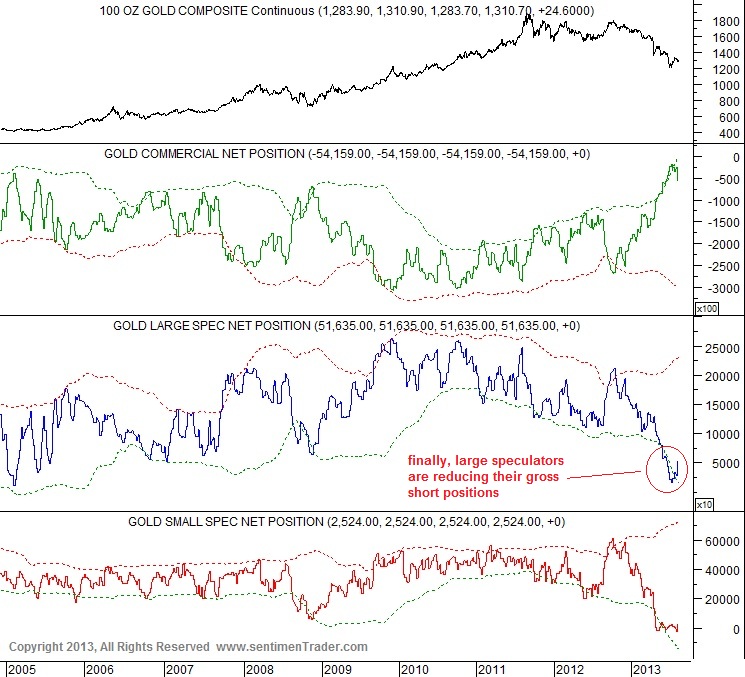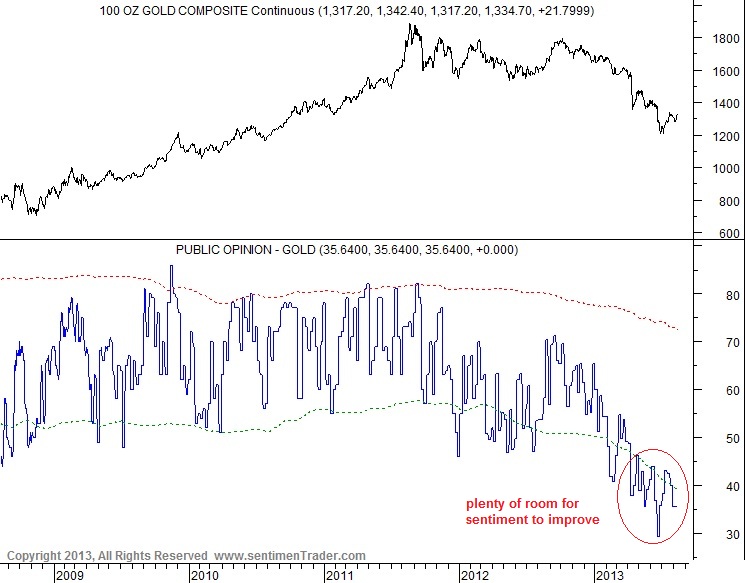Bitcoins are the product of socially naive programmers’ fantasies. They thought they could substitute algorithms for ethics, digits for legality, anonymity for custom, and dreams for responsibility. Ultimately, they thought they could substitute impersonalism for personalism. They were wrong. They merely launched a tulip mania.
If the advocates of crypotocurrency have a case for a free market social order, then they should advocate not buying Bitcoins until such an order exists. Money develops out of a social order. They have put the cart before the horse: a new monetary system before the institutional arrangements to support it. This was Mises’ argument regarding the regression theorem. A comprehensive monetary order that will replace the existing one is not going to be designed by obscure programmers. It will be the product of human action within a prevailing social and legal order.
The best article on Bitcoin–by far–from Gary North: http://www.garynorth.com/public/11866.cfm
Bitcoin is not money
Here is the problem in one sentence: a modern division of labor economy is very close to all or nothing. You cannot have a monetary system that does not apply across the board, yet still defend the concept of the division of labor through competitive pricing. You cannot have a currency that applies to illegal drugs, programming services, and almost nothing else, and expect that currency to replace the existing currency, which is a fiat money-based currency. There has to be a transition from the fiat-based currency, in which there are hundreds of billions of transactions a day worldwide, which in turn provides a comprehensive system of pricing and information feedback, in order for the present system of the division of labor to be maintained.
Any suggestion that Bitcoins can move from the modern system of integrated currencies, prices, and contracts, to get to an equally comprehensive system in which you could make a pencil, without the pricing system that is provided by the existing fiat money order, is simply utopian.
…..
Most of all, Mises argued, socialism has no means of pricing capital. There are no capital markets.
The same is true of the as-yet nonexistent Bitcoins economy. It cannot do without the pricing system provided by central banking. It cannot produce goods and services without converting Bitcoins’ digital fiat money into the banking system’s fiat money. You cannot produce real goods with virtual money.
You have no capital markets without the monetary system. Capital markets are all based on contract. Bitcoins are based on a rejection of contracts. Capital is based on responsible owbnership: public claims on assets, enforceable by law.
Bitcoins are based on a rejection of enforcement by law.
Bitcoins relate only to consumer goods, and hardly any. Yet even these cannot be delivered by sellers without selling Bitcoins and buying dollars to fulfill contracts. Sellers cannot replace sold assets unless they have bank money to buy them in the real world economy. This economy operates in terms of real money, which today is central bank money.
Bitcoins represent zero threat to the central banks. Bitcoins are used by most owners as ways to make money: to buy more dollars than they paid. It is just another investment asset — one based initially on a complete fantasy, namely, that Bitcoins will somehow remove people from central banking.
Bitcoins are valued in terms of dollars. The mania is fueled by their rising dollar-denominated price. They provide an investment medium for high-risk speculators. They are nothing more than a way to get into a tiny market, and then ride the wave up, as more people get into it. There is no payoff in terms of the economic value of autonomous Bitcoins that are held only because they will serve as an alternative currency. They are held as a way to make money by selling to the greater fools, who will pay real money — dollars — for them.
It’s tulip bulb market. It rests entirely on getting back into the dollar economy.
Bitcoins will have no impact at all on the monetary base. They will have no impact on the capita; markets.
Capital is valued in terms of central bank money. Bitcoins will not change this, for they cannot reduce the size of the monetary base. They do not pull money out of the fractional reserve banking system. The quantity of real money is in no way affected. The investors remain in the central bank economy, in which capital is priced. Capital is not priced in terms of Bitcoins.
This is why Bitcoins’ economy today cannot produce even a broken pencil. It is giving Bitcoins far too much credit to say that they can produce a broken pencil. There is almost no division of labor based on stand-alone units of Bitcoins. To move to Bitcoins’ realm of virtual money for real products, other than maybe programming services, is a fantasy.
“I, Broken Pencil”: An Economic Analysis of Bitcoins
Gary North – December 06, 2013
To understand Bitcoins, return to the basics. . . . keep reading
And I, Pencil http://www.econlib.org/library/Essays/rdPncl1.html
More articles:
Bitcoins: A Fully-Compliant Currency The Government Can Love … All of bitcoin’s benefits to the establishment revolve around its blockchain. In simple terms, a blockchain is a registry of all transactions carried out in bitcoins. Thus is resolved the problem of double-spending one particular bitcoin: It can’t be done (at least in theory) due to the blockchain. But the blockchain is in fact a register – a trail – of bitcoins. So it’s a relative cinch to piece together each and every transaction of any particular wallet in the bitcoin universe. And since exchanges need detailed personal information about a bitcoin user in order to comply with money-laundering laws before issuing a new user with a wallet, the government or other interested parties could determine what any one particular person has been doing in the bitcoin marketplace. – Blacklisted News/Gonzalo Lira
Dominant Social Theme: Are you ethical? Okay, then go live in a “green” hut and give government every cent you’ve got so the bureaucrats can reintroduce feudalism.
Free-Market Analysis: Let’s start with bitcoin. Then comes a bigger announcement … We’ve been skeptical of bitcoin for years. The smug techno-geekness of bitcoin’s backers irritated us, especially when we realized what they were supporting – a system that keeps track digitally of every single transaction ever made on the Internet.
You can see above that Gonzalo Lira has figured it out, as well. Those who blithely defend bitcoin without fully evaluating both the pros and cons of its technological stance are doing the freedom movement a, well … disservice, in our humble opinion, and apparently Lira’s, too.
That makes at least two of us against the rest of the libertarian world that is still a good deal enamored of this monetary marvel. Of course, it doesn’t hurt that bitcoin has recently hovered around US$1,000 a coin, a price that has sent people scurrying to garbage heaps to try to dig up old bitcoins now worth millions in aggregate.
One of these stories received wide attention recently. A fellow supposedly discarded an electronic cache of bitcoins years ago and then decided to search a dump to see if the coins were still there. This story – and we have our doubts about it – was all over the mainstream media, which is not a good sign.
Does anyone really believe that if bitcoin was a subversive, government-altering currency the mainstream media would be covering it so closely, or The Bernank would be issuing positive-sounding statements about it?
- One of the main sources of bitcoin’s super-secret protection is DARPA’s TOR facility. It always struck us as a bit odd that bitcoin users were depending on a military protocol for their protection – especially Silk Road.
- Then there’s the initial bitcoin Creation Myth. This has to do with an inscrutable Japanese techno-genius dropping bitcoin rules into the ether where they were gradually discovered and applied by a growing number of enamored acolytes.
- The blockchain has always bothered us because what is indecipherable now may not be in a decade. Who knows how technology changes anonymity over time? We did find out that doyenne of alternative currencies, UNESCO”s Margrit Kennedy, has been preaching LETS trading systems that are backed enthusiastically by her former UN employer – probably because they also demand a general ledger. This is most helpful, of course, when the government wants to investigate for non-payment of taxes, etc.
- It always seemed to us – throughout this ongoing bitcoin mania – that gold and silver were perfectly good alternatives to a wretchedly complex digital system. Granted, they are not directly as fungible as bitcoin, but they’ve been around for millennia. That’s more than bitcoin’s few years.
For all these reasons, we had reservations, which continue today, about bitcoin. Is it a system developed and placed on the Internet to anticipate the expansion of REAL alternative, digital currencies? Is it a kind of Trojan Horse, meant to provide the banking industry with a way to nullify a potential challenge – and regulate it – before something else comes along that is more challenging?
These may sound kind of hypothetical, but this iteration of The Daily Bell has certainly tried to speak to the expansion of alternative investing by setting some specific criteria. One powerful criterion would be “ethical” – as has been mentioned in past articles – and involves picking and choosing investments based on their ability to support freedom and free markets.
|




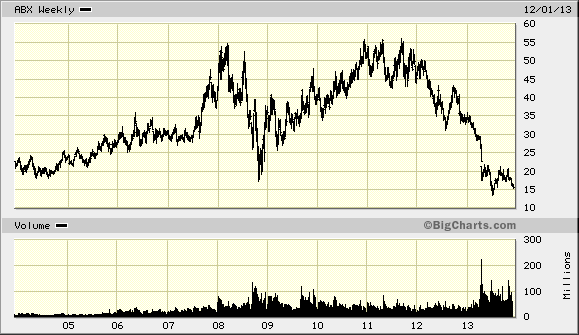
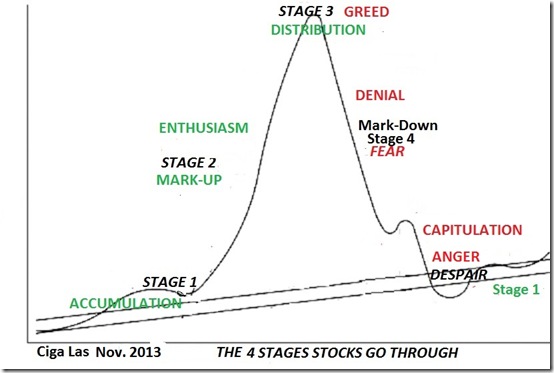

 In an interview with Warren Buffett in 1993, Adam Smith, author of Supermoney, asked how the small investor can find good investment ideas.
In an interview with Warren Buffett in 1993, Adam Smith, author of Supermoney, asked how the small investor can find good investment ideas.